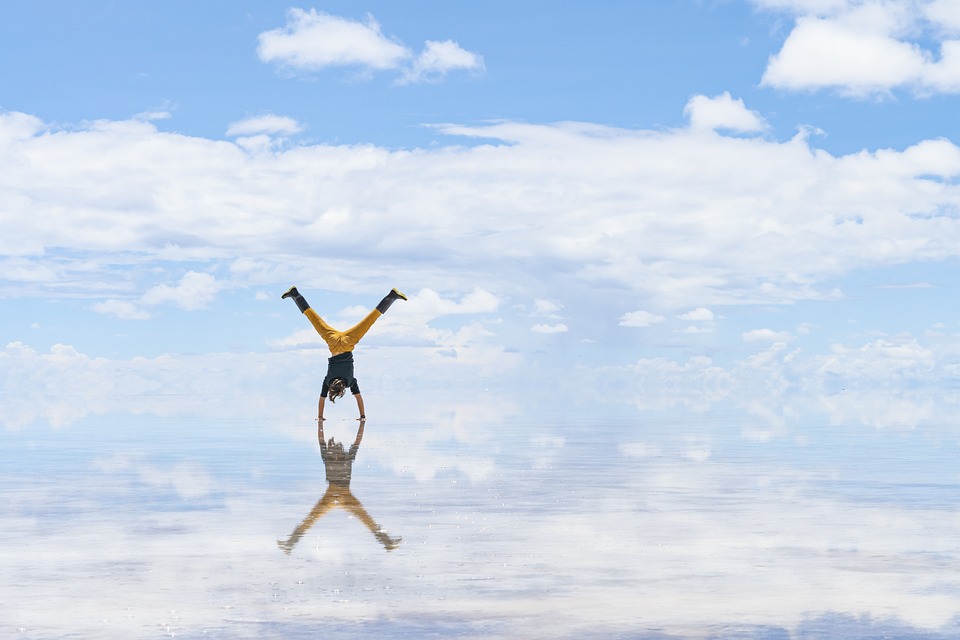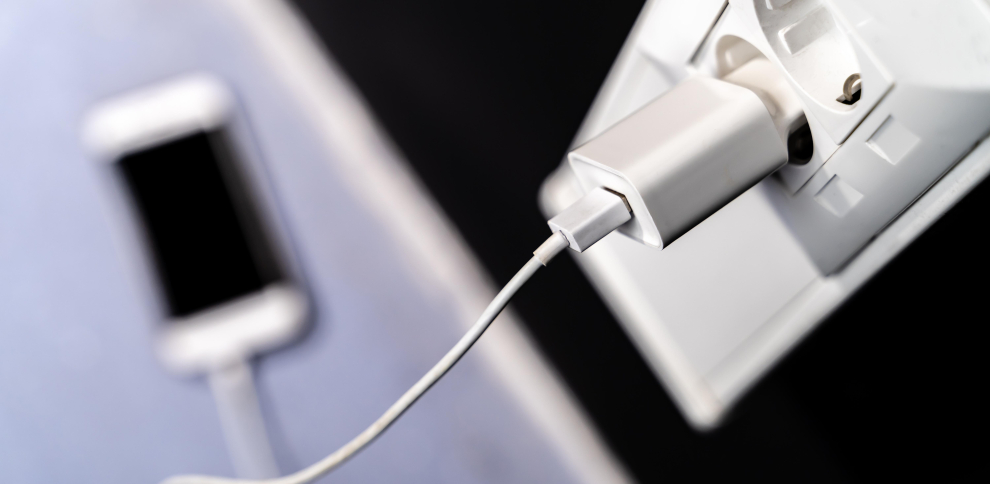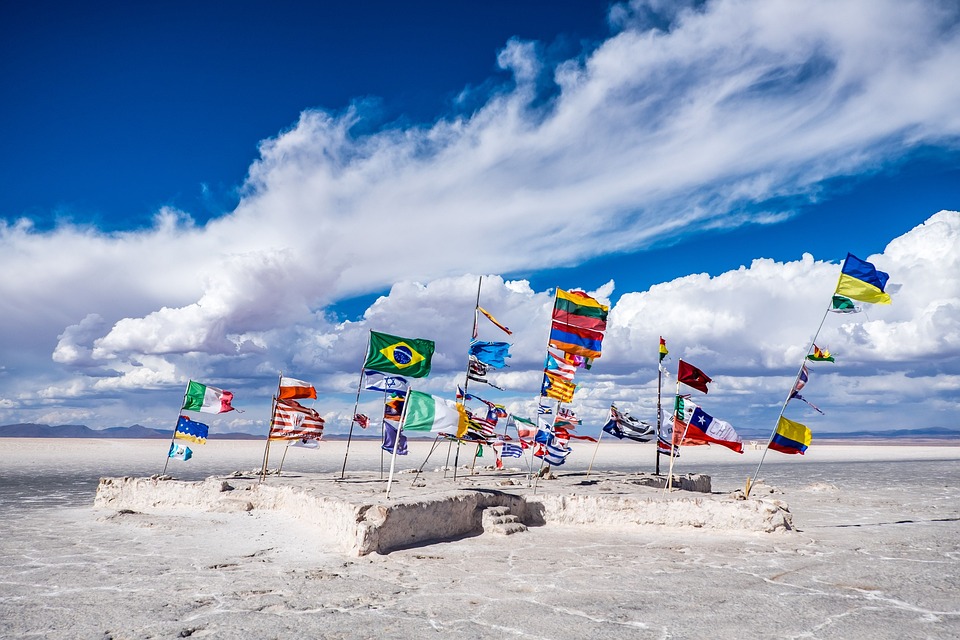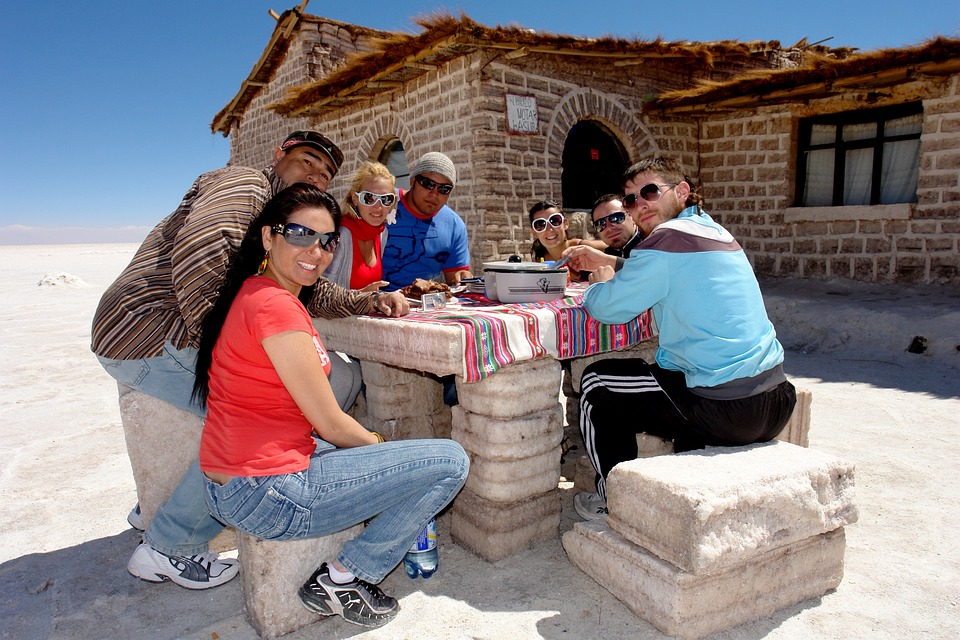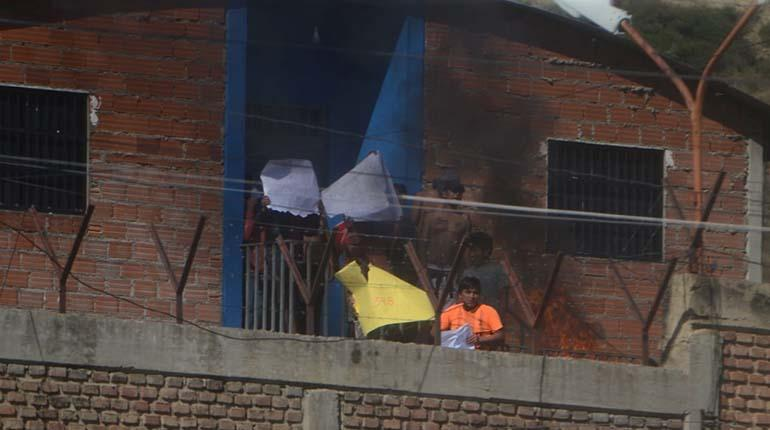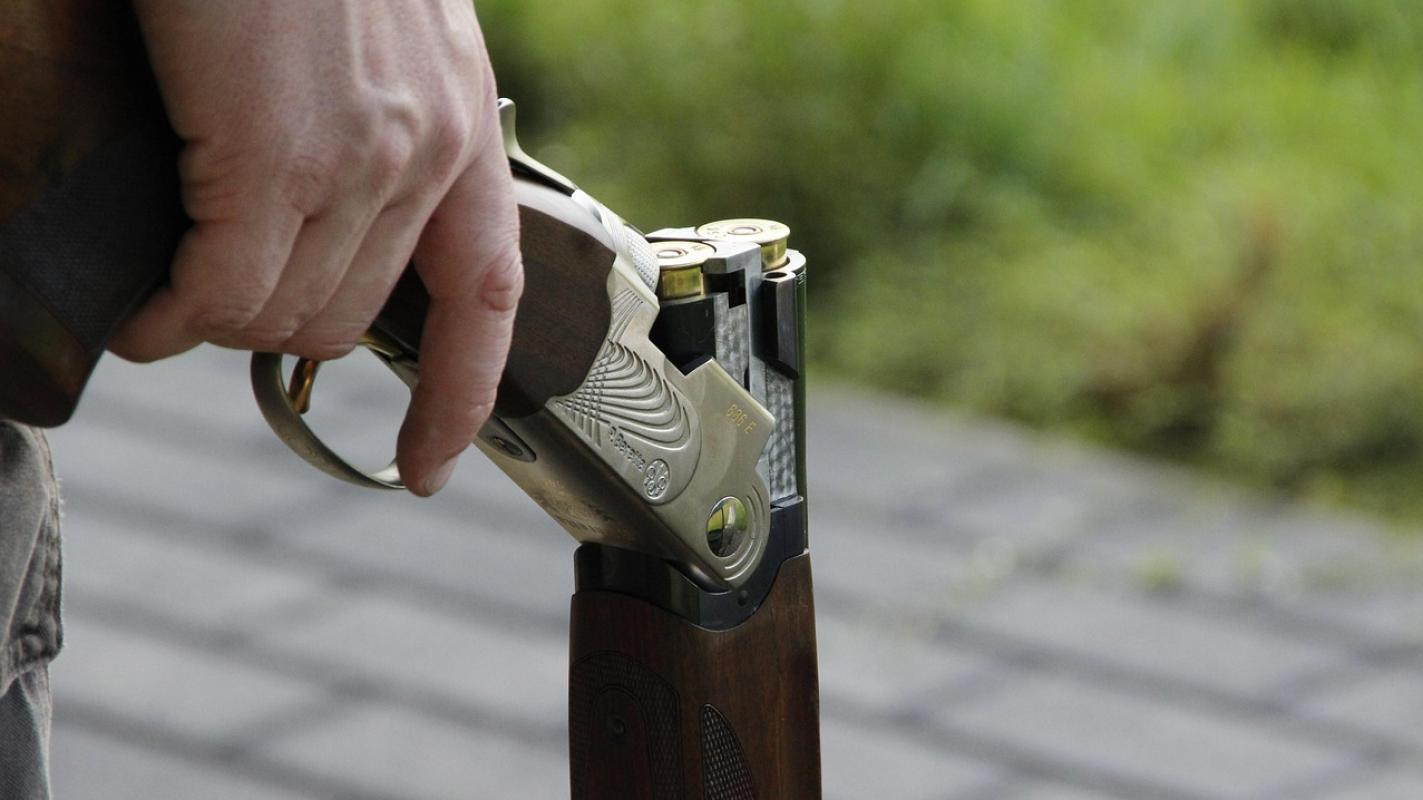Located in southwestern Bolivia, the Salar de Uyuni is the largest continuous high salt desert in the world. Spanning over 10,000 km², this surreal landscape attracts thousands of tourists every year, who seek to experience its unique beauty and breathtaking reflections. In this guide, we offer you a detailed overview of everything you need to know to visit this incredible destination.
What is the Salar de Uyuni?
The origin of the Uyuni Salt Flat
The Salar de Uyuni was formed some 40,000 years ago, when Lake Minchin dried up, leaving behind vast amounts of salt. This enormous salt flat has an average depth of 10 meters of salt and is one of the world’s main sources of lithium.
The climate in the Uyuni Salt Flat
The climate in the Salar de Uyuni is extremely dry and cold. Temperatures can range from -20°C in winter to 20°C in summer. It is important to prepare adequately to face these extreme weather conditions.
How to get to the Uyuni Salt Flat
Flights to Uyuni
The fastest way to get to Uyuni is to fly from La Paz. There are daily flights connecting both cities, and the trip takes approximately one hour.
Travel by bus
Another option is to take a bus from La Paz or Potosi. Although the bus trip is longer, it is a more economical option and allows you to enjoy the Andean scenery.
Tours from San Pedro de Atacama
For those who are in Chile, there are tours that depart from San Pedro de Atacama and cross the border to Uyuni, offering a unique experience.
Best time to visit the Uyuni Salt Flat
Dry season vs. rainy season
The best time to visit the Salar de Uyuni depends on what you want to see. During the dry season (May to November), the Salar turns into a huge white expanse of salt. In contrast, during the rainy season (December to April), a layer of water covers the salt flat, creating a natural mirror that reflects the sky in a spectacular way.
Special events
Some special events, such as the Dakar Rally, take place in the Salar de Uyuni. Attending these events can offer a different and exciting experience.
What to see in the Uyuni Salt Flat
Incahuasi Island
Located in the heart of the salt flat, Incahuasi Island is a rock formation covered with giant cacti. From its summit, you can enjoy a breathtaking panoramic view of the salt flat.
Hotel de Sal
The Hotel de Sal is an accommodation built entirely of salt blocks. It is a popular stop for tourists who want to experience something unique and original.
Ojos del Salar (Eyes of the Salt Flat)
The Ojos del Salar are small lagoons where subway water comes to the surface. These natural springs are fascinating and worth a visit.
Activities in the Uyuni Salt Flat
Creative photography
The Salar de Uyuni is a photographer’s paradise. The vast white expanse allows you to play with perspective and create creative and fun photos.
Stargazing
Due to its altitude and lack of light pollution, the Salar de Uyuni is one of the best places in the world for stargazing. Clear nights offer a spectacular view of the night sky.
Visit to the salt mines
Visiting the salt mines and learning about the salt extraction process is an educational and interesting activity. Locals often offer guided tours that explain the history and extraction process.
Tips for visiting the Uyuni Salt Flat
Preparation and equipment
It is essential to bring adequate clothing for the extreme weather, including warm clothing, sunglasses, sunscreen and sufficient drinking water.
Safety and health
Due to the altitude, it is important to acclimatize properly to avoid altitude sickness. Drinking enough water and avoiding alcohol can help mitigate symptoms.
Respect for the environment
The Salar de Uyuni is a fragile ecosystem. It is crucial to respect the environment, not to leave garbage and to follow the indications of the local guides.
Where to stay in the Uyuni Salt Flat
Lodging in Uyuni
The city of Uyuni offers a variety of accommodations, from budget hostels to luxury hotels. It is advisable to book in advance, especially during the high season.
Accommodations in Colchani
Colchani, located near the salt flat, also offers lodging options, including salt hotels that provide a unique experience.
Camping in the Salar
For the more adventurous, camping in the salt flat can be an unforgettable experience. However, it is important to be well prepared and take into account the extreme weather conditions.
Local gastronomy
Typical dishes
Local gastronomy includes typical dishes such as quinoa, charque (dried meat) and locro (corn soup). Tasting the local food is an essential part of the Uyuni experience.
Recommended restaurants
In and around Uyuni, you will find several restaurants offering traditional Bolivian food. Some of the most recommended include Tika, Minuteman Pizza, and Luna Salada.
History and culture of Salar de Uyuni
Indigenous Peoples
The Uyuni region has been inhabited by indigenous peoples for thousands of years. The Aymara and Quechua are the main ethnic groups in the area, and their culture and traditions are an integral part of the Salar de Uyuni.
Legends and myths
The Salar de Uyuni is surrounded by legends and myths, many of which have been passed down from generation to generation. Knowing these stories adds a layer of depth to the visit.
Industrial Heritage
The Salar de Uyuni is not only a natural attraction, but also an important center of lithium and salt extraction. Learning about the local industry is an interesting part of the visit.
Conclusion
Visiting the Salar de Uyuni is a unique experience that combines natural beauty, adventure and culture. From its breathtaking reflective landscapes to the rich history and local traditions, this destination offers something for everyone. Planning your trip in advance, being prepared for extreme conditions and respecting the environment will ensure an unforgettable visit.
FAQs
How much time is needed to visit the Salar de Uyuni?
To fully enjoy the Salar de Uyuni, at least a three-day tour is recommended, although there are options for shorter and longer tours.
Is it safe to visit the Salar de Uyuni?
Yes, it is safe to visit the Salar de Uyuni. However, it is important to follow the directions of the guides and be prepared for extreme weather conditions.
Is it possible to visit the Salar de Uyuni on your own?
It is possible, but it is recommended to take a guided tour to make the most of the experience and ensure safety.
What should I bring for a visit to the Salar de Uyuni?
It is essential to bring warm clothes, sunglasses, sunscreen, drinking water and a camera to capture the breathtaking scenery.
What is the best time to see the reflections in the Salar de Uyuni?
The best time to see the reflections is during the rainy season, from December to April, when a layer of water covers the salt flat and creates the mirror effect.
